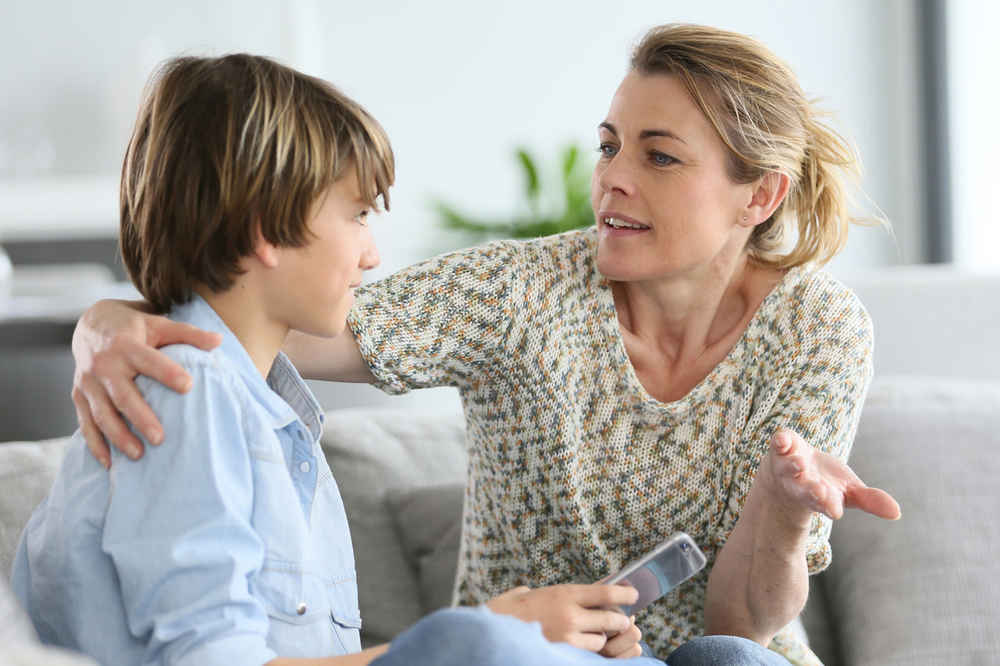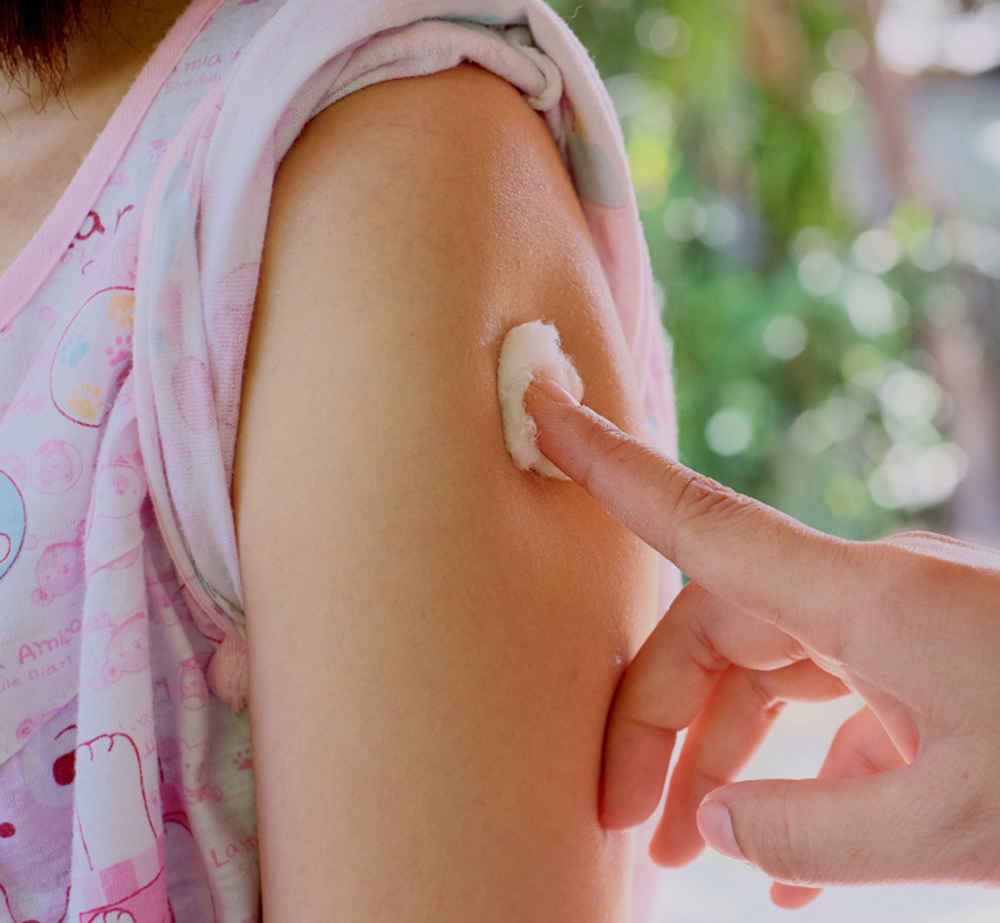410-721-2273
Online Safety

Today's adolescents have grown up surrounded by a steady flow of media. TV shows, movies, social media, apps, and video games are all readily accessible. Teens may think they know all about today's media, but they need guidance about viewing and interacting with media safely and wisely.
As a parent, it is your job to talk with your teen about smart and safe media use.
Balancing the Digital and Real World
Both traditional and social media can enrich a teen's world with knowledge, create awareness of current events, and promote civic and community involvement. Online video platforms along with group text messaging and file sharing sites where several people can work on a document simultaneously, allow students to collaborate on school projects and connect with friends and family far away.
If media use is not carefully managed, however, it can quickly get out-of-hand. According to a Common Sense Media report, 1 in 4 adolescents said they are "constantly connected" to the internet. All that time spent on their smartphones and other devices can use up time needed to engage in activities essential for good health—like enough sleep and exercise.
"Doze" and Don'ts
Teens need 8-10 hours of sleep a night, and devices and media use can disrupt both the length and the quality of sleep. Discuss how to avoid "device damage" to good sleep hygiene with your teen:
-
When using screens in the evening, turn the brightness down, use a blue light filter, and turn them off completely 1 hour before bedtime. The blue light from the TV or mobile screen can interfere with sleep.
-
Recharge devices overnight—outside the bedroom. Vibrating and audio alerts from incoming messages can keep teens awake. Despite what your teen may tell you, putting a device on silent isn't enough. Your teen may be tempted to use or check his or her device when he or she should be sleeping. The light given off by devices charging at night can also affect sleep quality.
-
Avoid watching scary movies or playing violent games—especially in the evening.
The Obesity Connection
According to a 2016 American Academy of Pediatrics (AAP) technical report, "Children and Adolescents and Digital Media," several studies link more screen time with obesity rates. To scale back this unhealthy effect, coach teens to:
-
Get at least one hour of exercise each day.
-
Not watch TV or use mobile devices at meal time.
Media and Multitasking
Other times media use should be avoided:
-
Driving. The National Safety Council estimates more than 1.5 million car accidents are caused by distracted drivers using cell phones each year. And—it's against the law.
-
Walking. One survey found that 40% of teens have been hit or nearly hit by a car, bike, or motorcycle while walking—often while listening to music, texting, or talking on the phone.
-
Doing homework. A 2015 research review suggests that multitasking with electronic devices has a negative effect on homework, studying, and grades.
Digitally Distorted Reality
Help your teen understand that images or information on TV, in movies, or shared on social media do not always reflect real life.
-
Body Image. Media often present unrealistically thin or muscular body images that can contribute to eating disorders or the use of potentially dangerous nutritional supplements.
-
Risky Behavior. Media may make it seem like everybody is on board with certain risky activities. Consequences such as pregnancy, sexually transmitted infections, and substance abuse rarely are shown. In reality, most (59%) of U.S. high school students surveyed by the Centers for Disease Control and Prevention (CDC) have never had sex, for example, and 2016 National Institute on Drug Abuse data show the rate of teens reporting they had "been drunk" in the past year at historic lows.
-
Violence. Many violent acts in the media are committed by characters otherwise shown as role models, but viewers rarely see the long-term physical and emotional suffering violence can cause. Presented as entertainment, virtual violence has been shown to increase real-life violence, aggressive thoughts and behavior, and angry feelings. Despite these research findings, according to an AAP policy statement, most people assume they are immune to this effect.
-
Stereotypes. Harmful stereotypes are less common than they once were in the media, but they still show up. Suggest teens compare images of diverse populations they see in the media with people they know in real life and consider how accurate or inaccurate those images are. Ask how he or she would feel as a victim of discrimination or prejudice.
Digital Citizenship and Media Literacy
-
Make sure teens are aware that people may not always be who they say they are online. Warn them that sex offenders often use social networking sites, e-mail, and online gaming to contact and exploit young people.
-
Remind them that a platform's privacy settings do not make things actually "private;" images, thoughts, and behavior shared online becomes a part of their digital footprint indefinitely. Never forward a text or photo without asking permission. This includes texting of inappropriate pictures or "sexting." Images on apps like Snapchat, for example, may disappear after viewing but can easily be saved by using a phone's screen shot function.
-
Have ongoing talks with your teen about responsible online citizenship. This includes treating others with respect online and offline and avoiding cyberbullying. Let them know to tell a parent, their pediatrician, or other trusted adult if they or others are being bullied, disrespected, attacked, or treated badly online.
Source: Council on Communications and Media (Copyright © 2017 American Academy of Pediatrics)
You May Also Like
Popular Resources | Make an Appointment • Locations • Refill Prescriptions





